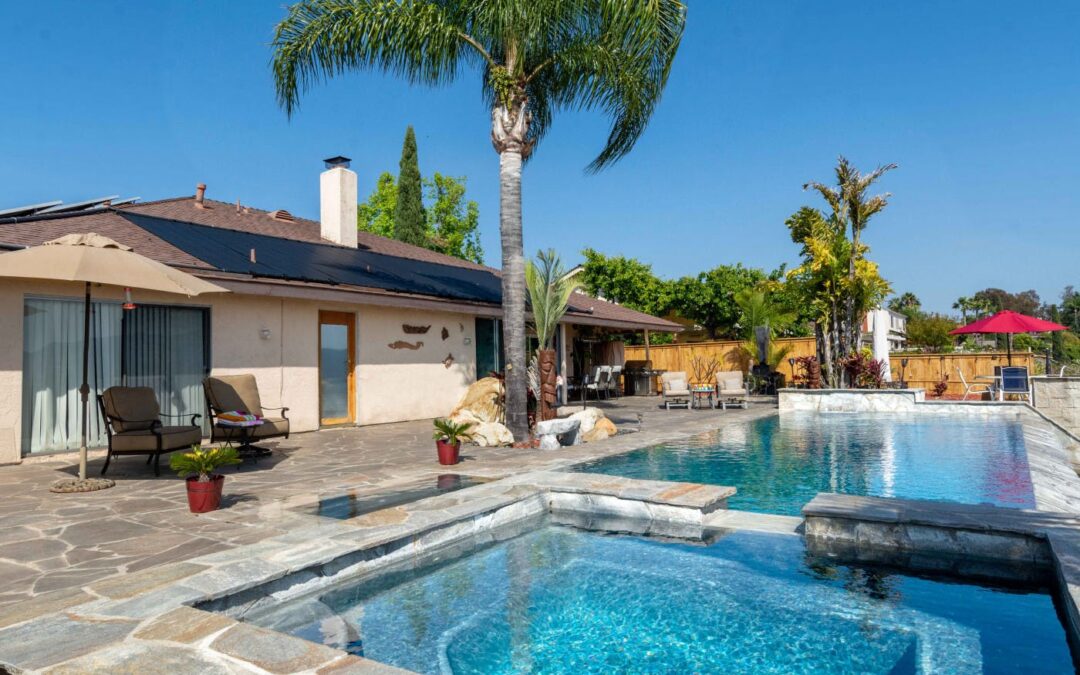Maintaining the right chemical balance in your swimming pool is essential for ensuring a safe and enjoyable swimming experience. In this article, we will explore how to lower pH and alkalinity in pool water effectively. By understanding the chemistry behind pool water and addressing common issues, you can keep your pool in pristine condition for all to enjoy.
Understanding Pool Chemistry

The Importance of pH Balance
The pH level is a measure of how acidic or basic the pool water is. Ideally, the pH should be between 7.2 and 7.8. This range is crucial because it ensures the effectiveness of chlorine, prevents scaling, and avoids skin irritation.
The Role of Alkalinity
Total alkalinity acts as a buffer for pH levels. It helps stabilize pH fluctuations and should be maintained between 80 and 120 parts per million (ppm). Proper alkalinity levels prevent the pH from swinging dramatically, which can lead to a host of pool-related issues.
Steps to Lower pH and Alkalinity
Testing the Water
Before any adjustment, test your pool water using a reliable test kit. This will help you accurately measure the current pH and alkalinity levels.
Using Muriatic Acid
To lower both pH and alkalinity, muriatic acid is commonly used. Carefully add the acid to the pool, following the package instructions. Be sure to wear protective gear and add acid to water, not the other way around.
Safety Precautions
When handling chemicals like muriatic acid, always wear gloves and goggles. Ensure that the area is well-ventilated to avoid inhaling fumes.
Using Dry Acid
Another option for adjusting pH and alkalinity is dry acid. It’s granulated, making it easier to handle and store than liquid acids. Add it slowly to the pool water, allowing it to dissolve and circulate.
Maintaining Pool Water Quality
The Role of Aeration
Aeration can help in bringing pH levels down naturally over time. Install water features like fountains or use pool aerators to increase oxygen levels in the water.
Regular Monitoring
Consistent testing and monitoring of pool water are crucial. It allows for timely adjustments and the ability to prevent problems before they worsen.
Common Issues and Solutions
High Alkalinity Challenges
High alkalinity levels can make it difficult to adjust pH and can cause scaling. Following the correct dosage of acid, as per your pool size, can help in managing this issue effectively.
Addressing Cloudy Water
If your pool remains cloudy despite adjustments, consider shocking your pool and running the filter continuously until the issue resolves.
Conclusion
Maintaining optimal water quality is crucial for the longevity of your pool and the health of its users. Understanding how to lower pH and alkalinity in pool is a vital skill for any pool owner, ensuring that your pool remains a source of enjoyment and relaxation.
Frequently Asked Questions
What pool chemicals lower pH?
Muriatic acid and dry acid are commonly used to lower pH levels in pools.
Is it safe to swim after adding acid?
It’s best to wait at least 4-6 hours after adding acid before swimming. Ensure that the water has circulated well and test it accordingly.

How often should pool water be tested?
Ideally, test your pool water at least once a week during swimming season to maintain proper chemical balance.
This article contains affiliate links. We may earn a commission at no extra cost to you.

